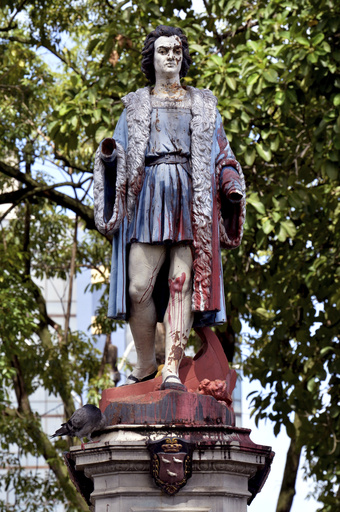
In Trinidad and Tobago, a public debate held in a small auditorium in the capital city saw residents expressing their views on the removal of colonial-era statues and monuments. People of African, European, and Indigenous descent shared their opinions on what should be done with such symbols. Suggestions varied from relocating a prominent Christopher Columbus statue to a museum, destroying it, or creating a “square of the infamous” with colonial figures’ statues.
The majority of speakers and online commenters favored removing colonial symbols to reflect the nation’s independence after years of colonial rule. The Emancipation Support Committee’s executive chair emphasized the importance of aligning public spaces with the nation’s values rather than those of former colonial masters.
Trinidad and Tobago joined a global movement to eliminate colonial symbols amid growing calls for slavery reparations in the Caribbean. The government recently announced plans to update the nation’s coat of arms by replacing Columbus’ ships with the steelpan, a cultural symbol of the islands.
During the public hearing, calls were made to remove the queen’s image from the coat of arms and critique the colonial legacy that remains in the country. While some advocated for preserving historical figures, others proposed honoring local heroes like V.S. Naipaul, Cyril Lionel Robert James, and Kwame Ture, among others, to celebrate the nation’s accomplishments and heritage.
The debate will continue in Tobago following nearly 200 submissions received by the government. The discussions reflect a broader reevaluation of Trinidad and Tobago’s colonial past and efforts to redefine its cultural and historical landscape.
